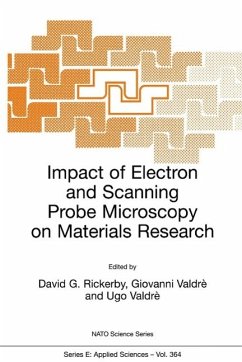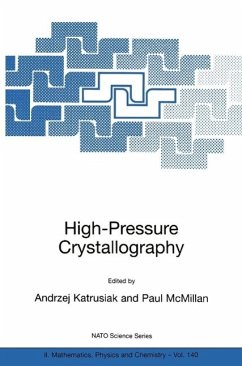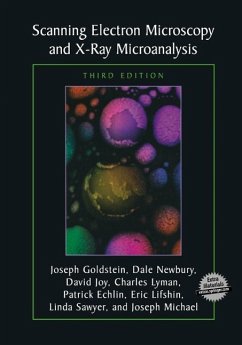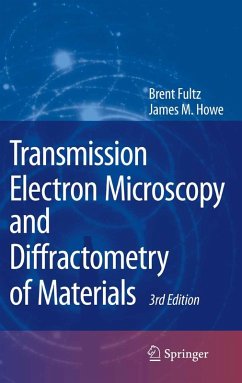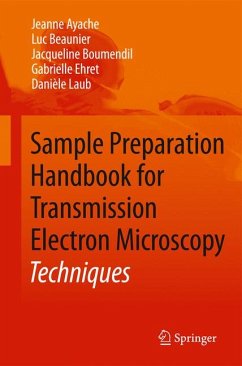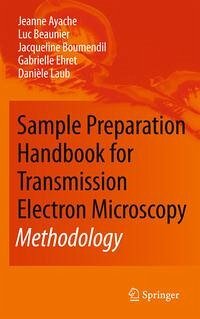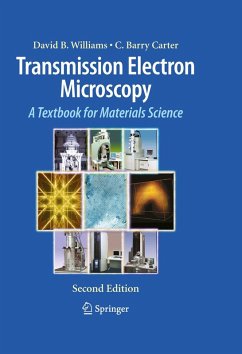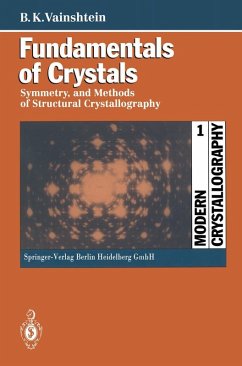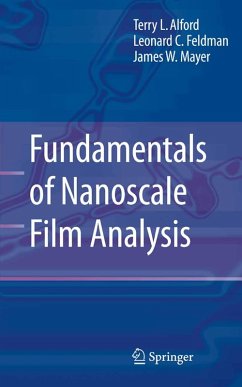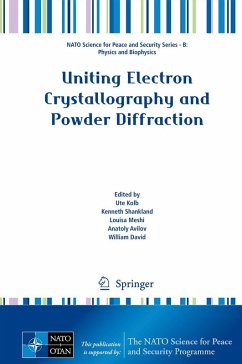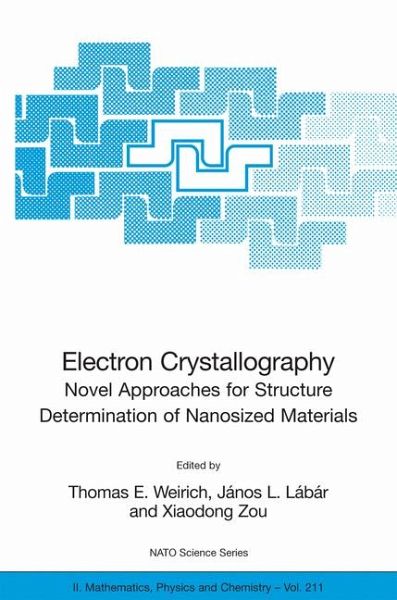
Electron Crystallography (eBook, PDF)
Novel Approaches for Structure Determination of Nanosized Materials
Redaktion: Weirich, Thomas E.; Zou, Xiaodong; Lábár, János L.
Versandkostenfrei!
Sofort per Download lieferbar
72,95 €
inkl. MwSt.
Weitere Ausgaben:

PAYBACK Punkte
36 °P sammeln!
During the last decade we have been witness to several exciting achievements in electron crystallography. This includes structural and charge density studies on organic molecules complicated inorganic and metallic materials in the amorphous, nano-, meso- and quasi-crystalline state and also development of new software, tailor-made for the special needs of electron crystallography. Moreover, these developments have been accompanied by a now available new generation of computer controlled electron microscopes equipped with high-coherent field-emission sources, cryo-specimen holders, ultra-fast C...
During the last decade we have been witness to several exciting achievements in electron crystallography. This includes structural and charge density studies on organic molecules complicated inorganic and metallic materials in the amorphous, nano-, meso- and quasi-crystalline state and also development of new software, tailor-made for the special needs of electron crystallography. Moreover, these developments have been accompanied by a now available new generation of computer controlled electron microscopes equipped with high-coherent field-emission sources, cryo-specimen holders, ultra-fast CCD cameras, imaging plates, energy filters and even correctors for electron optical distortions. Thus, a fast and semi-automatic data acquisition from small sample areas, similar to what we today know from imaging plates diffraction systems in X-ray crystallography, can be envisioned for the very near future. This progress clearly shows that the contribution of electron crystallography is quite unique, as it enables to reveal the intimate structure of samples with high accuracy but on much smaller samples than have ever been investigated by X-ray diffraction. As a tribute to these tremendous recent achievements, this NATO Advanced Study Institute was devoted to the novel approaches of electron crystallography for structure determination of nanosized materials.
Dieser Download kann aus rechtlichen Gründen nur mit Rechnungsadresse in A, B, BG, CY, CZ, D, DK, EW, E, FIN, F, GR, HR, H, IRL, I, LT, L, LR, M, NL, PL, P, R, S, SLO, SK ausgeliefert werden.




